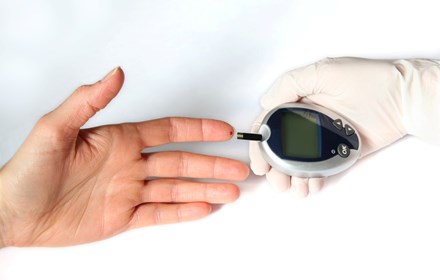
‘Golden Rules’ for insulin injection published by the Forum for Injection Technique
New guidelines to help people with diabetes avoid health complications of injecting insulin.
The latest edition of the Forum for Injection Technique (FIT) guidelines for best practice of insulin injection technique have been published.
The FIT guide, which provides evidence-based best practice recommendations on diabetes injection technique, has a new set of six ‘Golden Rules’.
The UK Injection and Infusion Technique Recommendations 4th Edition covers key aspects of injection technique, including the importance of using short pen needles, recommended injection sites, and how to avoid lipohypertrophy (a thickened, ‘rubbery’ area of skin that can be caused by incorrect rotation of sites and needle reuse), as well as guidance on the psychological challenges of injections, therapeutic education, and injection safety.
The ‘Golden Rules’ included in the guide are:
- Psychological issues around insulin therapy and administration
- Injection technique in adults
- Injection technique in children and young people
- Treating and preventing lipohypertrophy
- Insulin infusion technique
- Needlestick injuries and sharps disposal
These ‘Golden Rules’ have also been published as a separate booklet and are designed as an easy to read reminder of best practice injection technique to help clinicians care for people with diabetes that use injectable therapies throughout the UK.

FIT recommends using short needles (4-5mm long)
Debbie Hicks, FIT UK Board Chair, said: “For those people with diabetes using injectable therapies, best practice injection technique is a crucial element of condition management as it is essential for therapies to achieve their optimal effect. Poor technique can lead to injectable therapies being absorbed in an unpredictable manner, and immediate problems such as hypoglycaemia (low blood sugar) and hyperglycaemia (high blood sugar) may result. In the longer term, poor glycaemic control can increase the risk of complications including kidney failure, blindness and limb amputation.
“Best practice injection technique has the ability to reduce hypoglycaemic episodes and encourage glycaemic stability, and FIT’s overarching mission is to support people with diabetes using injectable therapies to achieve the best possible health outcomes that are influenced by correct injection technique. These recommendations are designed to help ensure that the correct prescribed dose of medication is delivered to the correct injection site, using the correct technique, thus helping to avoid diabetes related complications.”
FIT UK’s Recommendations were updated following the Forum for Injection Technique and Therapy Recommendations (FITTER) congress, held in Rome in October 2015. The new FITTER Recommendations were created by a group of 183 diabetes experts from 54 countries, based on findings of the largest ever injection technique survey, which took place from February to June 2015, and involved more than 13,200 participants from 42 countries.
I would like to make a regular donation of
I would like to make a single donation of
There are lots of ways to raise money to support
people living with all forms of diabetes.
Bake, Swim, Cycle, Fly ... Do It For DRWF!
Fundraise with us
Recent News


